Another principle of design that we use when creating a great composition in photography is Balance. How elements are arranged in a photography can create a sensation of balance or imbalance. The ways to create the balance is using symmetry, asymmetry and radial symmetry.
Every element has a visual weight and this sensation of “heavy” is influenced by:
Position – the further from the centre of a composition, the heavier
Shape – complex shapes feel heavier than simple shapes
Colour – bright, intense colours feel heavier than pale, muted colours
Size – larger elements feel heavier than small elements
Quantity – increasing the number of elements gives a greater combined visual weight
Texture – complex, detailed textures tend to be heavier.
These are the main elements we are working with in a composition. A balanced composition gives us the feeling of comforting.
Balance in composition can result from 3 placements of elements: symmetry, asymmetry and radial asymmetry.
Symmetry in photography is simply eye-catching, they are a type of visual perfection so that they become very attarctive.
Bilateral symmetry is where an image, object or design is mirrored equally through a vertical line (or sometimes horizontal, like a mountain mirroring in a lake).On the positive side, they are relaxing and comforting, because we are used with symmetry from early childhood. On the downside, symmetry lacks variety, it can become boring, not so visually interesting.This can be improved by introducing patterns, details or elements with high level of details that capture the attention.
I personally like to split this symmetry into the following sub-categories, because they make more sense to me when taking pictures - what reference do I have:
a) Mirroring identical symmetry
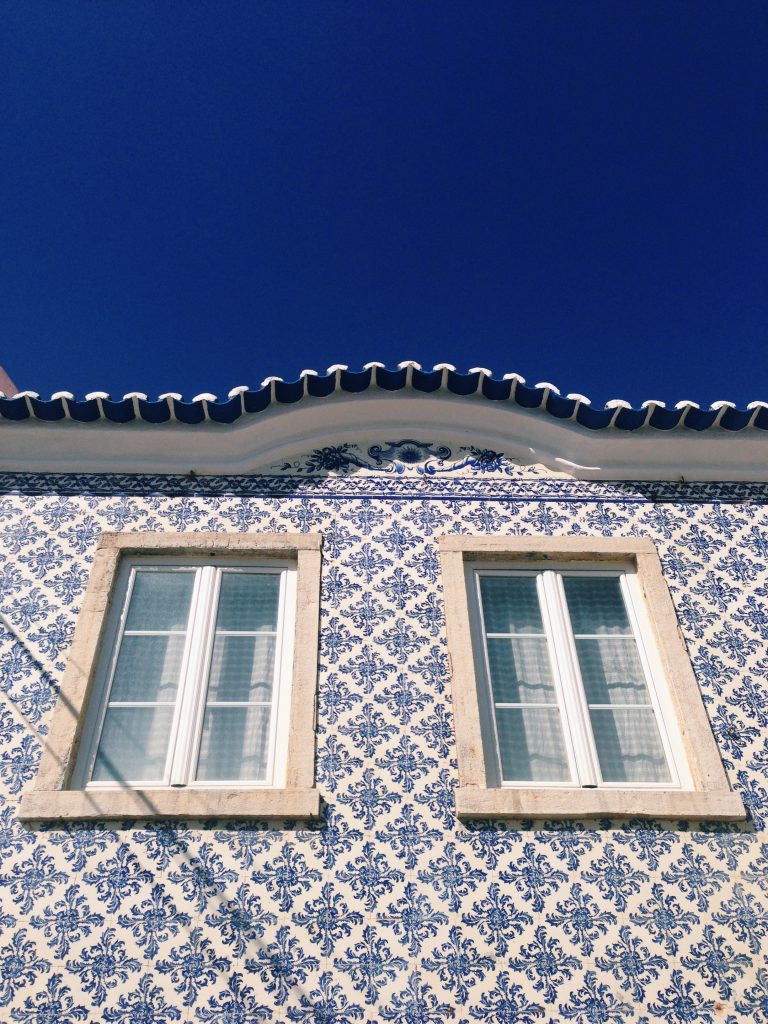
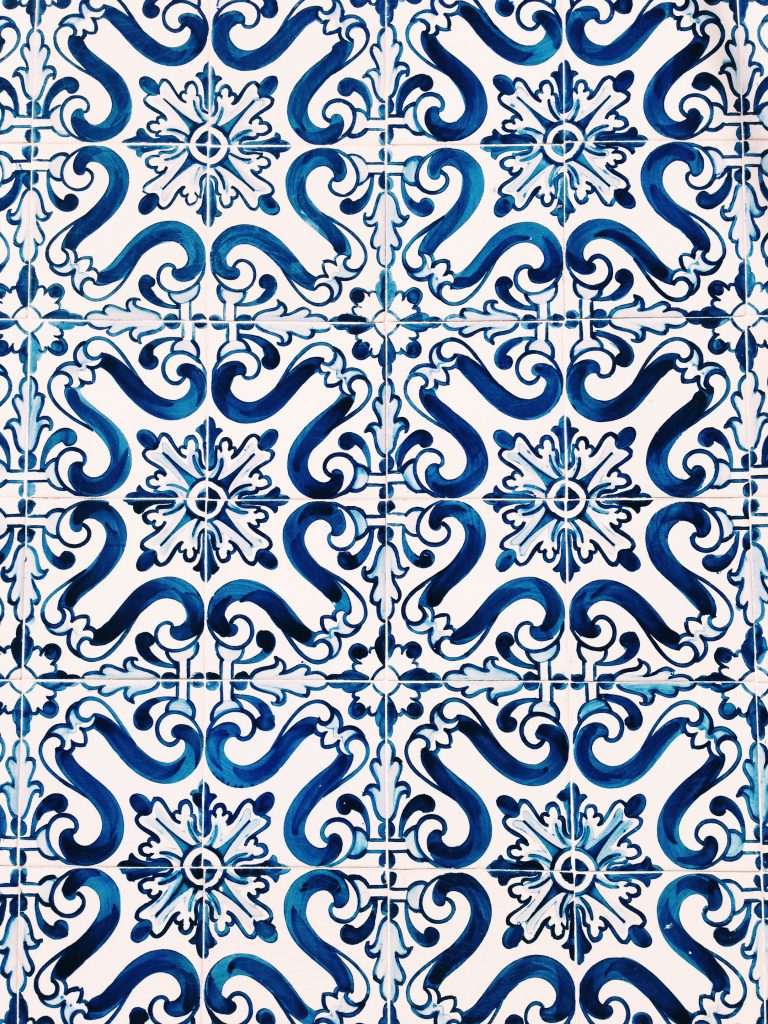
b) Same type of elements in symmetry



c) Leading lines and “partial” symmetry
We will tackle this composition technique in photography further in this module.



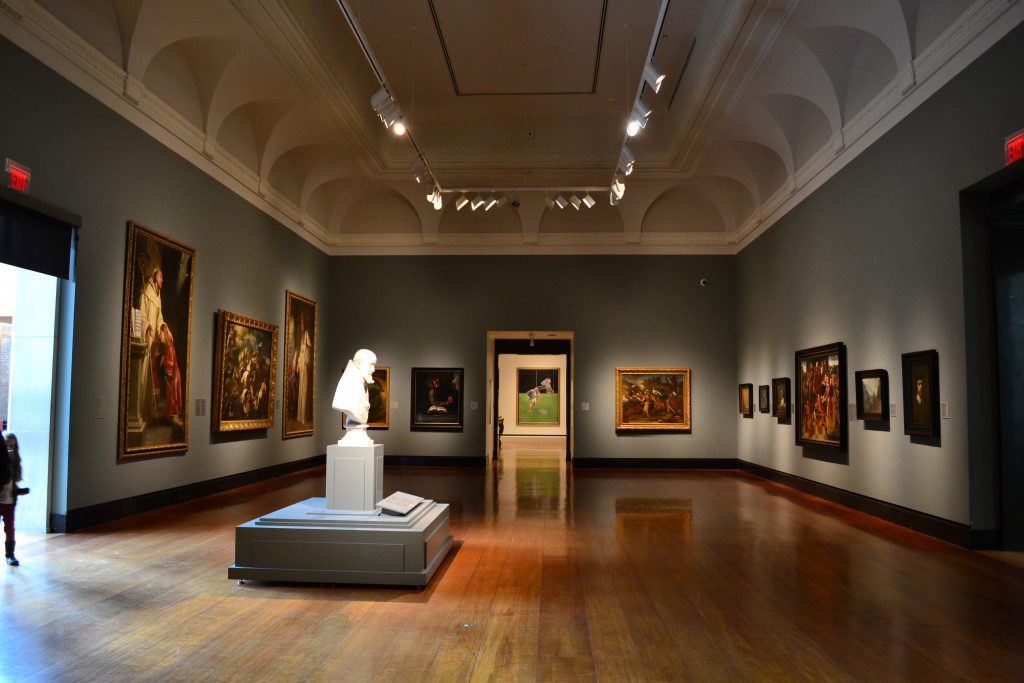

You can find symmetry effect in lots of paintings, here are some examples:
First painting: A Regatta on the Grand Canale
Second painting: Ideal City
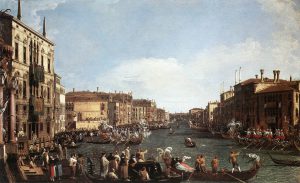

Compositions do not need to be symmetrical to provide the sensation of balance.Asymmetrical balance can be created by arranging carefully the visual weight within a composition. Asymmetry place an important role in product photography, it gives the photographer / artist the chance to create an interesting composition.



Paintings with "asymmetry" effects
Guernica, Pablo Picasso
- central elements are organised into a triangle
- the woman and the bull (left side) are balanced by the woman with raised arms (right side)
- the arm (bottom left corner) is balanced by the leg (bottom right corner).
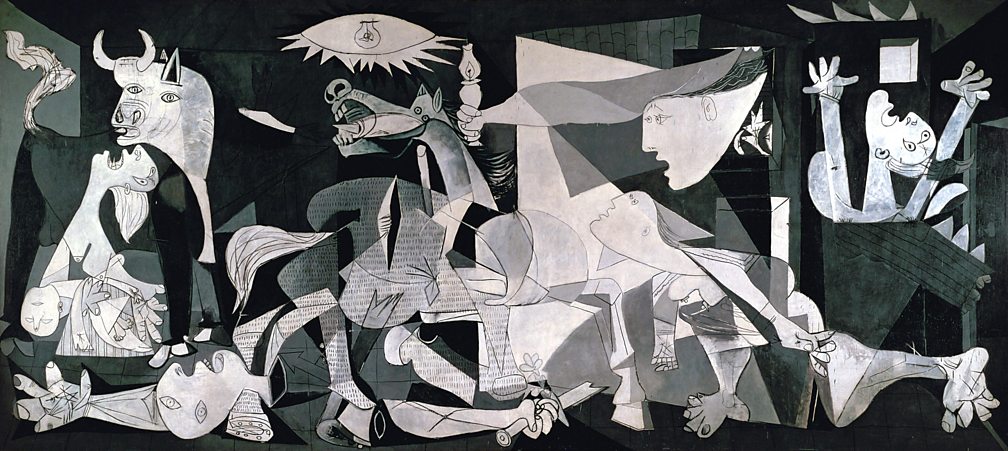
Not all symmetry in art and design is based on balancing the left and right of a composition. Radial balance relates to elements that spread out from a central point. When the visual weight of these elements is evenly spread, the result is radial symmetry.

Sometimes artists and designers will deliberately create a sense of imbalance in their work. This can be used to create a sense of unease or even danger.
The composition you are creating with different elements for your photography must have in background a story, a message, a feeling or emotion.Even if the idea you are trying to transmit to the viewer will not match directly with the one in viewer’s mind, the main factor is that it will create a connection.